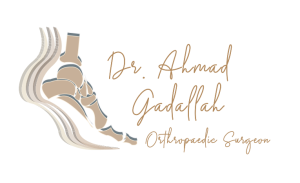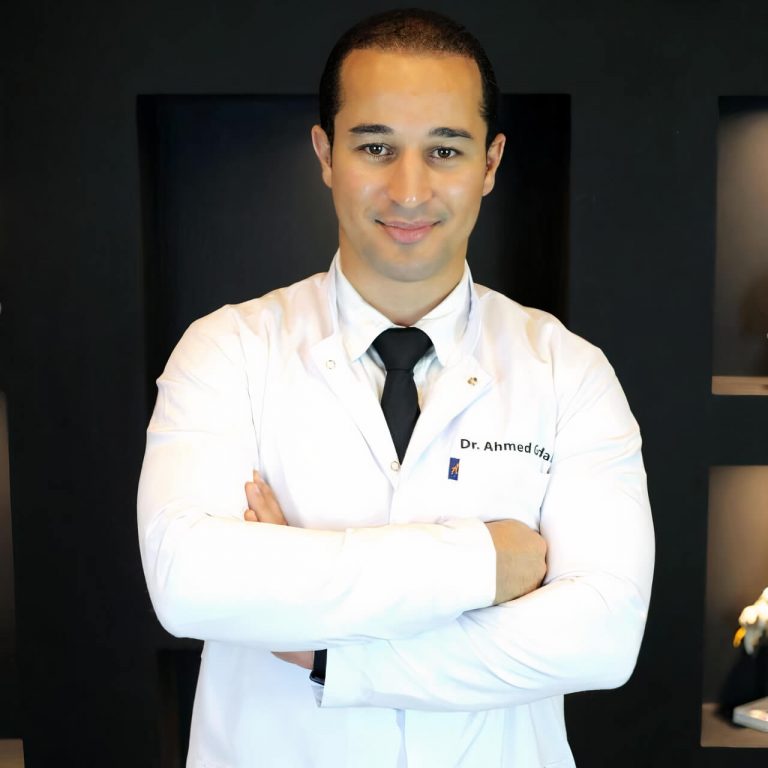Be Among the First to Experience the Future of Pain Relief!
Starting March 2025, Dr. Ahmed Gadallah brings you the latest in regenerative medicine—Cutting-Edge PRP Plus Stem Cell Therapy! Say goodbye to joint pain and accelerate healing with this advanced, next-generation treatment.



